
Gone are the times when one can eat seemingly unhealthy foods without reaping the consequences. These days, it’s not enough to do the bare minimum, like drinking lots of water and eating well. Go above and beyond by spicing it up with probiotics! Here are 15 probiotic-enriched items that will surely help improve your gut health.
Yogurt
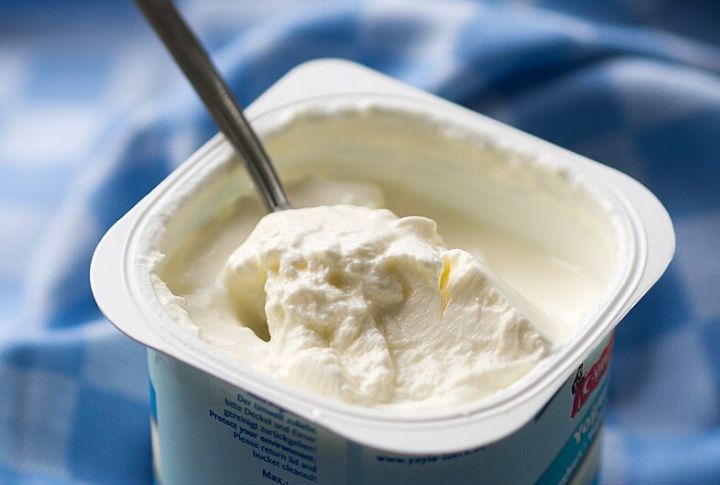
Yogurt is a probiotic powerhouse containing good bacteria that can upgrade gut health and digestion. Take advantage of its properties by looking for Greek yogurt or the plain, unsweetened kind with minimal additives. Blend it into yummy smoothies for an extra punch.
Kefir
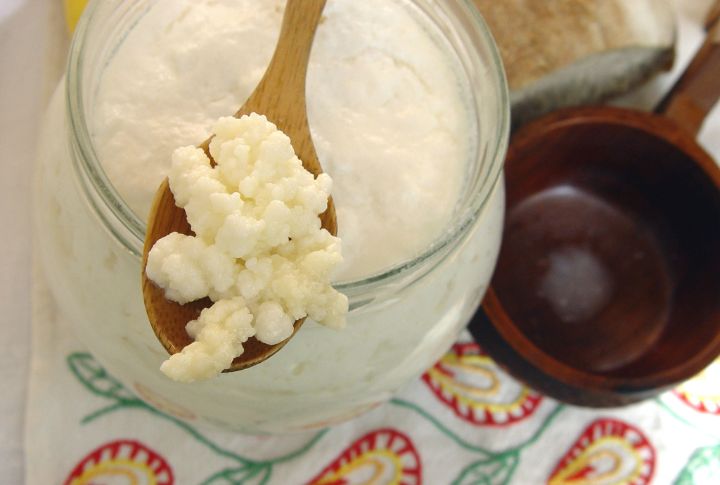
This fermented milk drink is loaded with good bacteria and yeast that can contribute to an ideal gut microbiome. This probiotic-rich liquid can be used in baked goods or made into creamy salad dressings and dips. Kefir has a consistency similar to drinkable yogurt, so drink up!
Sauerkraut
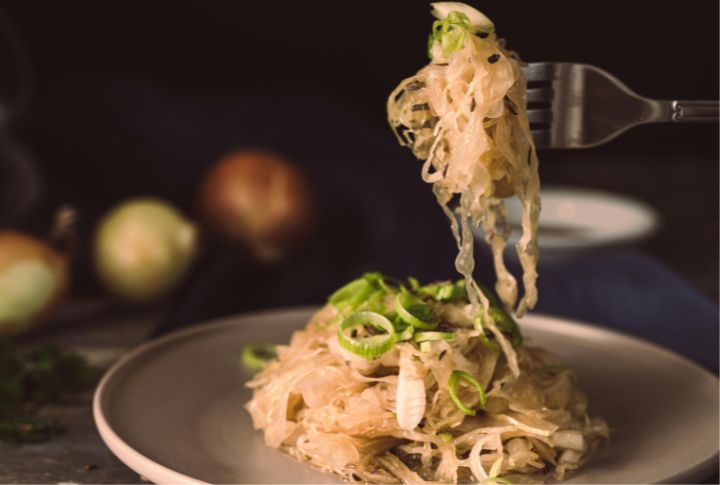
Sauerkraut is simple to make at home with just cabbage, salt, and water, or you can purchase it in the refrigerated section of many grocery stores. The low-calorie, high-fiber nature of sauerkraut makes it a great addition to a healthy diet.
Kimchi
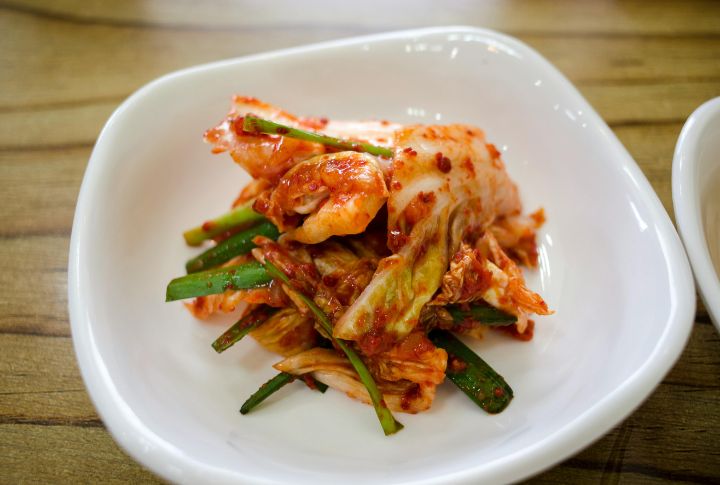
Kimchi is a spicy, fermented Korean side dish made from napa cabbage, radishes, garlic, ginger, and Korean chili peppers. The complex, umami-infused flavor of kimchi makes it a multifaceted ingredient that can liven up all sorts of recipes.
Kombucha
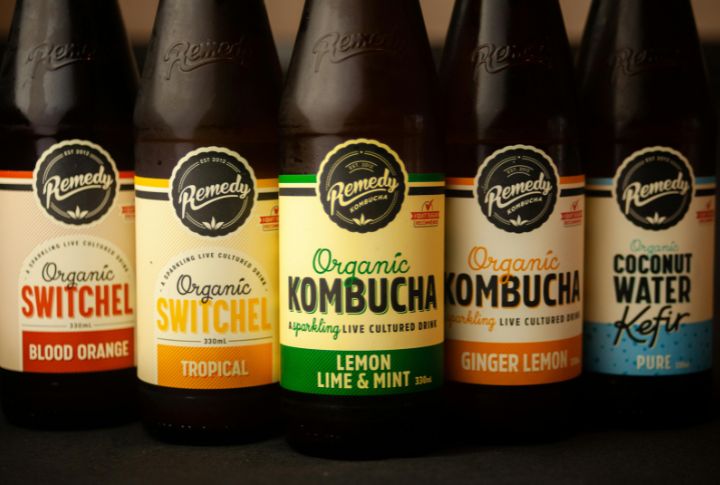
Kombucha is a popular Chinese concoction that comes in various flavors, from citrusy to berry-based. Groceries usually have it in stock, so it’s a quick way to get more probiotics into your diet. Just be wary of brands with added sugars to maximize the health benefits.
Miso
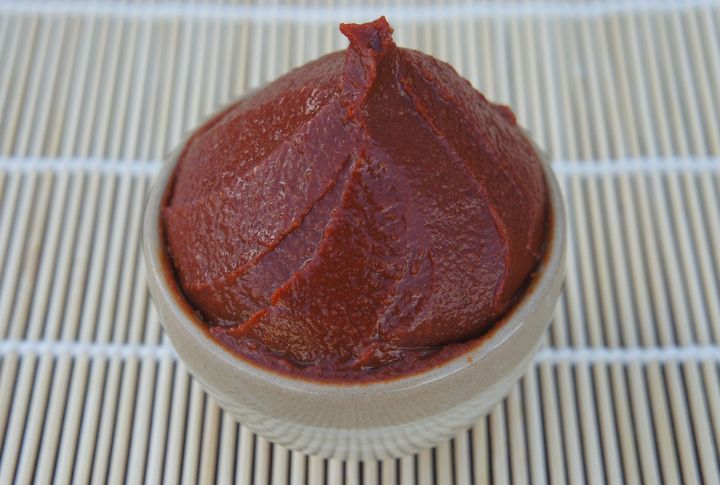
Japanese families have relied on miso for centuries to add depth and nutrition to their consumption. This fermented soybean paste is a cultural staple. Check for different varieties of miso, from light and mild to rich and savory, to find the one that best suits your palate’s preferences.
Tempeh
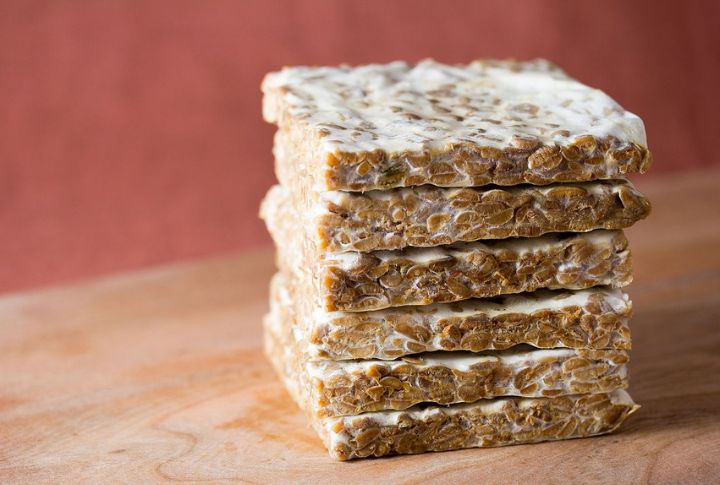
Tempeh is a nutty-tasting, cake-like product made from fermented soybeans pressed into a dense block. It can be sliced, cubed, or crumbled and utilized in countless vegetarian dishes. The fermentation process not only brings in probiotics but also produces the nutrients found in soybeans.
Pickles
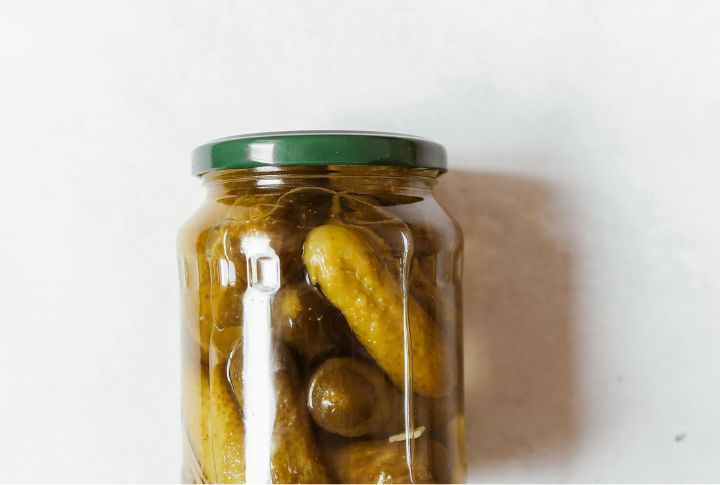
Look for Dill pickles in the grocery store’s refrigerated section, as the probiotics can be killed off in shelf-stable varieties processed with heat. You can have pickles as a crunchy, tangy snack or use them to add flavor to low-calorie, high-fiber sandwiches, burgers, and salads.
Kvass
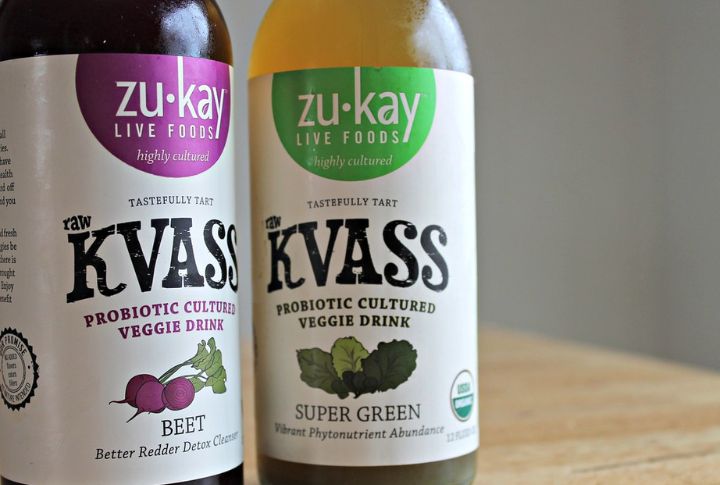
A typical Slavic beverage, kvass is made by fermenting rye or barley. The effervescent, subtly sweet drink has a unique, earthy flavor profile that some find appealing. Kvass can be enjoyed on its own or as a mixer in cocktails. Indeed an intriguing way to diversify your probiotic intake.
Apple Cider Vinegar
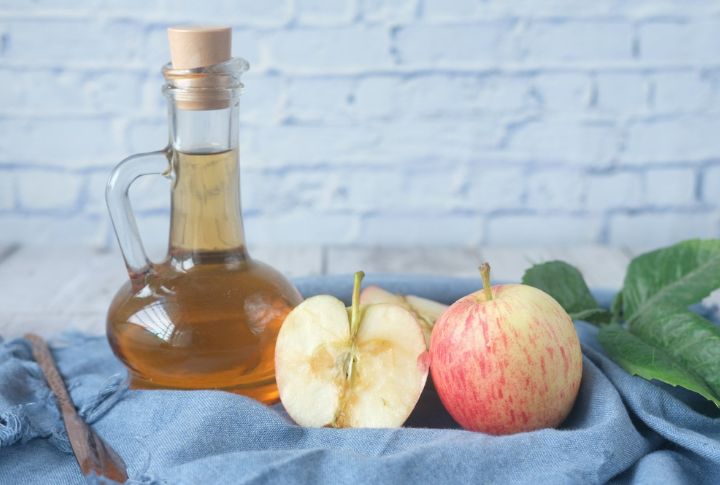
The “mother” in unfiltered apple cider vinegar possesses strains of probiotics. To reap its nutrients, consider mixing a tablespoon or two of apple cider vinegar and water or tea. Just be sure to start with small amounts, as the strong taste can take some getting used to.
Cottage Cheese
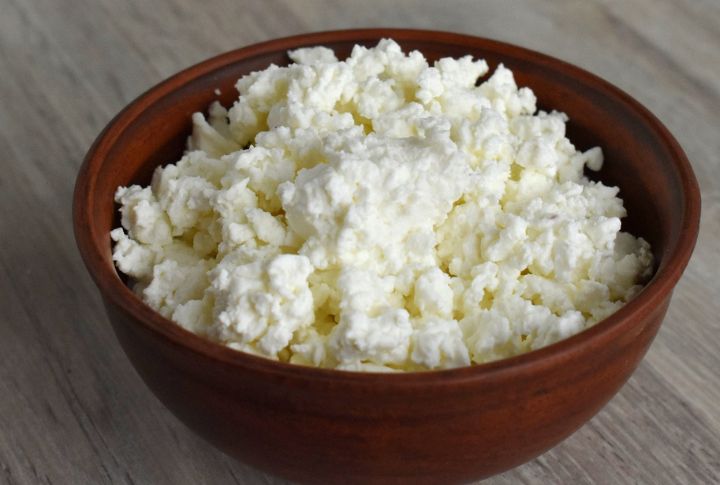
Think of cottage cheese as the versatile chameleon of the dairy world. It can be a comforting snack, a key element in savory meals, or even a sweet treat. And the best part? It’s filled with protein and probiotics to support your overall health.
Aged Cheeses
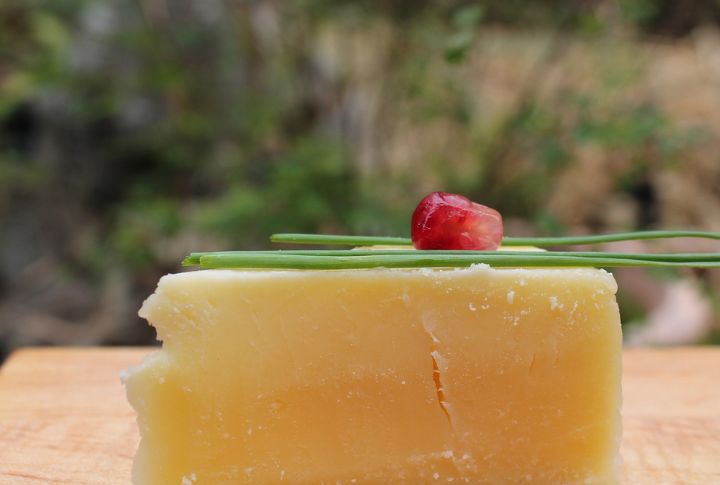
Many cheeses, particularly those that are aged or fermented, contain probiotics. Harder, aged cheeses like cheddar, Parmesan, and Swiss are good options, as fermentation introduces beneficial bacteria. The longer a cheese is aged, the more probiotics it has.
Traditional Buttermilk
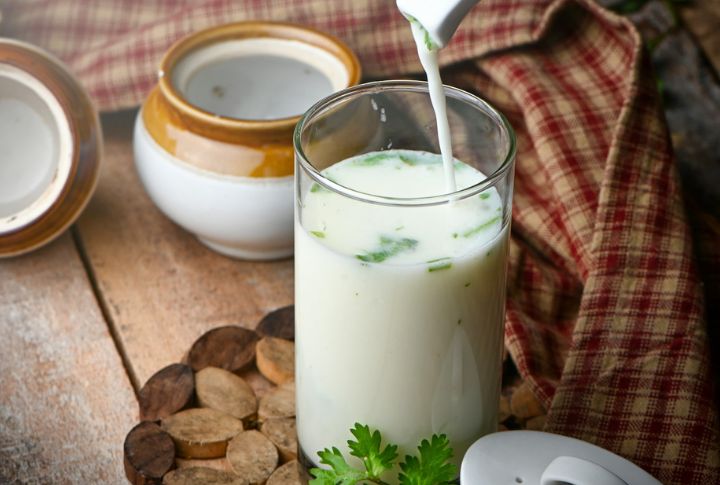
This slightly tart, thin dairy drink is the liquid left over after churning butter and is packed with gut-friendly bacteria like Lactobacillus and Streptococcus. Unlike the buttermilk in many grocery stores today, true traditional buttermilk contains live, active cultures.
Natto
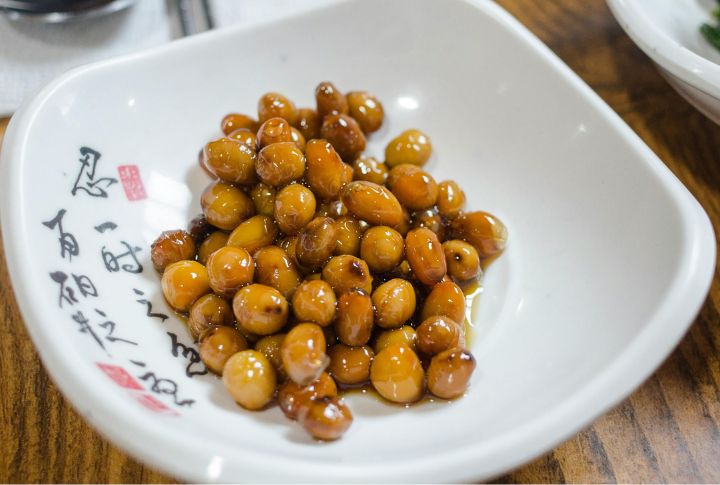
Natto is a standard Japanese ingredient made from fermented soybeans. It has a distinctive, sticky texture and strong, pungent essence that some find an acquired taste. However, if you can get past the initial smell, natto is a nutritional must-have!
Microgreens
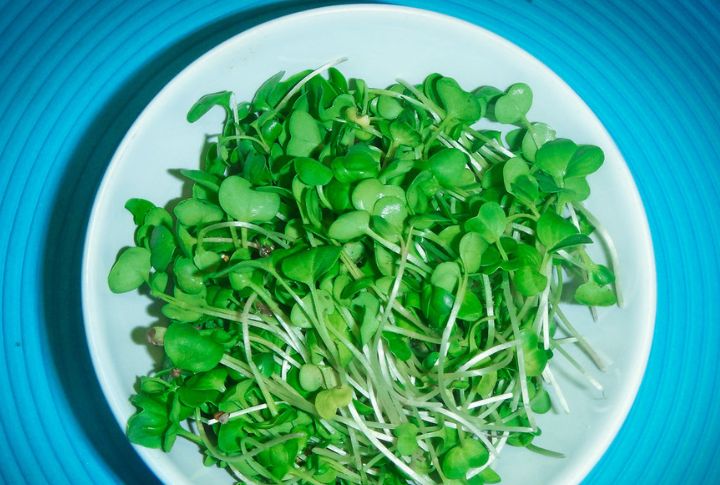
While not fermented foods, certain microgreens, like wheatgrass, radish, and broccoli sprouts, are high in good bacteria. Adding these nutrient-dense greens to smoothies or using them as a garnish in any dish is a hassle-free route to get an extra health boost.

Comments
Loading…